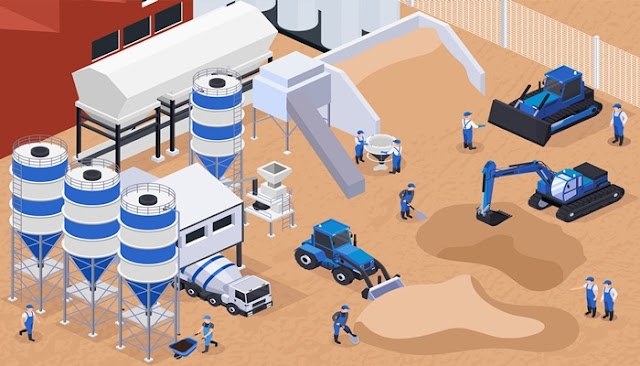Improving existing industrial dust extraction systems doesn't necessarily mean revolutionizing the entire dust suction system, already in use.
Instead, it involves considering improvements to boost the system's performance in terms of efficiency; and the efficiency of a dust extraction system can depend on specific objectives, such as reducing consumption or achieving a particular end result in terms of quality performance.
Enhancing the efficiency of dust extraction system results
The performance of dust extraction systems is measured based on precise parameters that define their efficiency, evident in the results obtained.
Intervening in an existing system means enhancing:
● Result Quality
Improving the performance of the product for a more satisfying outcome, including increased removal of pollutants, enhanced air quality, and optimized production facilitated by a clean environment.
● Energy Consumption
Dust extraction systems operate on electrical energy. The intervention aims to reduce waste, consumption, and costs while maintaining the same level of performance quality as the final result.
● Technological modernization
Operational dust extraction systems may require improvements and updates to their internal systems to adapt to new needs, such as changes in production line configurations.
Typically, these interventions are carried out by the original equipment manufacturer.
However, some companies, which produce dust extraction systems, also offer services to enhance systems produced by other companies.
Specific Interventions to Improve Dust Extraction Systems
Companies aiming to enhance the efficiency of dust extraction systems address specific aspects to achieve the mentioned results.
Interventions may include:
Modification of extraction hoods
Altering the design of suction hoods, responsible for eliminating pollutant waste and preventing its dispersion into the air.
In the case of mobile hoods, automation of the movement process can be implemented to reduce manual labor and enhance result quality.
Automation is often programmed using a PLC (Programmable Logic Controller) that responds to impulses from the production line.
Addition of Specific Features
Business growth and evolution may necessitate the incorporation of new tools, including dust extraction systems, through the addition of new functionalities.
For example, implementing automatic floor cleaning for long-term time and cost savings.
Addition of Elements Modifying Operational Settings
Internal enhancements within the dust extraction system can improve performance and functionality. For instance, adding automatic valves to control airflow within pipelines.
These improvements and implementations do not require significant modifications to the core of the dust extraction system, minimizing the impact and avoiding an increase in electrical energy usage necessary for system operation.
The proposed interventions can vary based on the specific needs of businesses in different sectors, differentiating between the requirements for improved performance, efficiency, and the cost-benefit ratio.

No comments:
Post a Comment